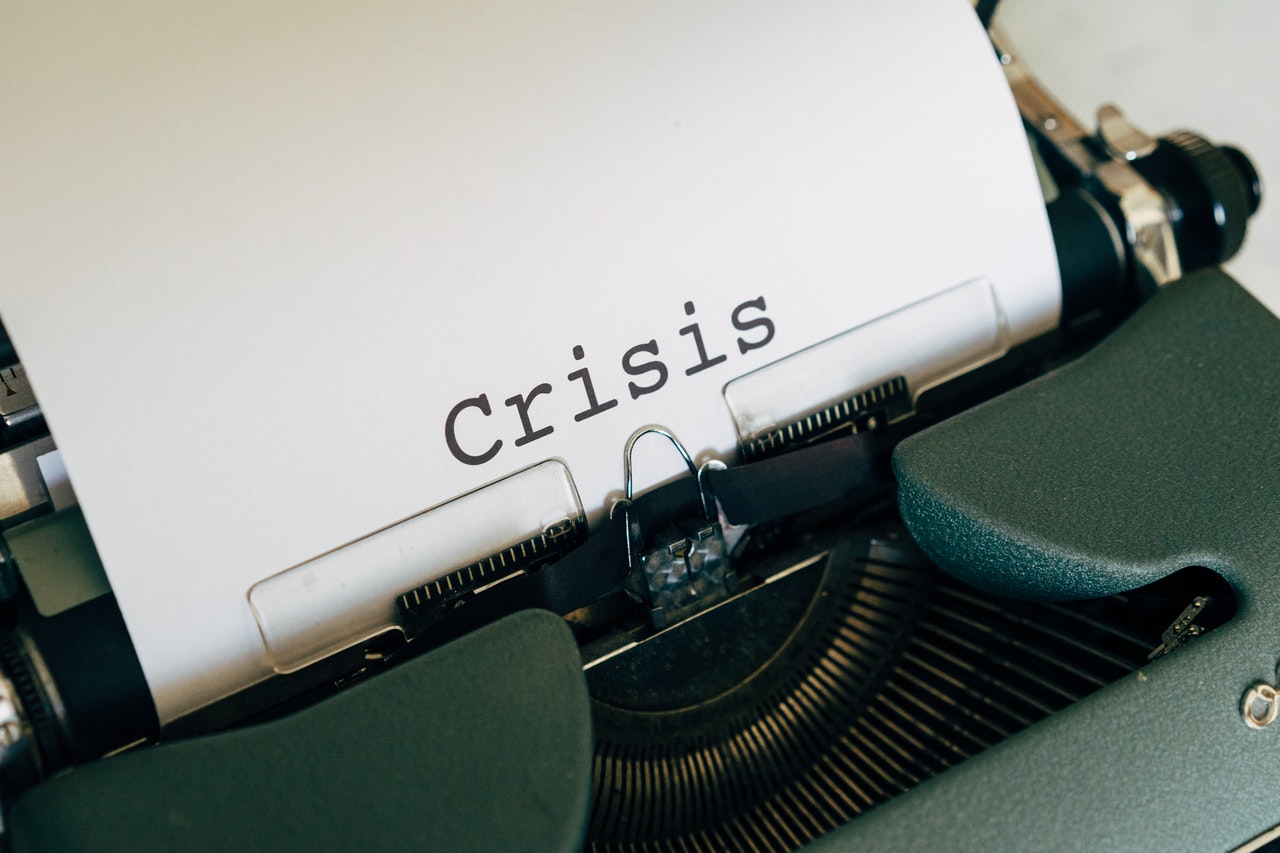Crisis: Any situation that is threatening or could threaten to harm people or property, seriously interrupt business, damage reputation or negatively impact share value.
Every organization is vulnerable to crises. The days of playing ostrich are gone. You can play, but your stakeholders will not be understanding or forgiving because they’ve watched what happened with Bridgestone-Firestone, Bill Clinton, Arthur Andersen, Enron, Worldcom, 9-11, The Asian Tsunami Disaster, Hurricane Katrina, Virginia Tech, Tiger Woods and Toyota.
If you don’t prepare, you WILL take more damage. And when I look at existing “crisis management” plans while conducting a “crisis document audit,” what I often find is a failure to address the many communications issues related to crisis/disaster response. Organizations do not understand that, without adequate communications:
* Operational response will break down.
* Stakeholders (internal and external) will not know what is happening and quickly be confused, angry, and negatively reactive.
* The organization will be perceived as inept, at best, and criminally negligent, at worst.
The basic steps of effective crisis communications are not difficult, but they require advance work in order to minimize damage. The slower the response, the more damage is incurred. So if you’re serious about crisis preparedness and response, read and implement these 10 steps of crisis communications, the first seven of which can and should be undertaken before any crisis occurs.
The 10 Steps of Crisis Communications:
1. Identify Your Crisis Communications Team
A small team of senior executives should be identified to serve as your organization’s Crisis Communications Team. Ideally, the team will be led by the organization’s CEO, with the firm’s top public relations executive and legal counsel as his or her chief advisers. If your in-house PR executive does not have sufficient crisis communications expertise, he or she may choose to retain an agency or independent consultant with that specialty. Other team members should be the heads of major organization divisions, to include finance, personnel and operations.
Let me say a word about legal counsel. Sometimes, during a crisis, a natural conflict arises between the recommendations of the organization’s legal counsel on the one hand, and those of the public relations counsel on the other. While it may be legally prudent not to say anything, this kind of reaction can land the organization in public relations “hot water” that is potentially, as damaging, or even more damaging, than any financial or legal ramification. Fortunately, more and more legal advisors are becoming aware of this fact and are working in close cooperation with public relations counsel. The importance of this understanding cannot be underestimated. Arthur Anderson lost its case and went out of business due to the judgment rendered by the court of public opinion, not the judgment of a court of law.
2. Identify Spokespersons
Within each team, there should be individuals who are the only ones authorized to speak for the organization in times of crisis. The CEO should be one of those spokespersons, but not necessarily the primary spokesperson. The fact is that some chief executives are brilliant business people but not very effective in-person communicators. The decision about who should speak is made after a crisis breaks, but the pool of potential spokespersons should be identified and trained in advance.
Not only are spokespersons needed for media communications, but for all types and forms of communications, internal and external, including on-camera, at a public meeting, at employee meetings, etc. You really don’t want to be making decisions about so many different types of spokespersons while “under fire.”
3. Spokesperson Training
Two typical quotes from well-intentioned organization executives summarize the reason why your spokespersons should receive professional training in how to speak to the media:
“I talked to that nice reporter for over an hour and he didn’t use the most important news about my organization.”
“I’ve done a lot of public speaking. I won’t have any trouble at that public hearing.”
Regarding the first example, there are a good number of people interviewed by CBS’ “60 Minutes” or ABC’s “20/20” who thought they knew how to talk to the press. In the second case, most executives who have attended a hostile public hearing have gone home wishing they had been wearing a pair of Depends.
All stakeholders — internal and external — are just as capable of misunderstanding or misinterpreting information about your organization as the media, and it’s your responsibility to minimize the chance of that happening.
Spokesperson training teaches you to be prepared, to be ready to respond in a way that optimizes the response of all stakeholders.
4. Establish Notification Systems
Remember when the only way to reach someone quickly was by a single phone or fax number, assuming they were there to receive either?
Today, we have to have — immediately at hand — the means to reach our internal and external stakeholders using multiple modalities. Many of us have several phone numbers, more than one email address, and can receive SMS (text) messages or faxes. Instant Messenger programs, either public or proprietary, are also very popular for business and personal use. We can even send audio and video messages via email. Depending on how “techie” we choose to be, all of this type of communication — and more — may be received on or sent by a single device!
It is absolutely essential, pre-crisis, to establish notification systems that will allow you to rapidly reach your stakeholders using multiple modalities. The Virginia Tech catastrophe, where email was the sole means of alerting students initially, proves that using any single modality can make a crisis worse. Some of us may be on email constantly, others not so. Some of us receive our cellphone calls or messages quickly, some not. If you use more than one modality to reach your stakeholders, the chances are much greater that the message will go through.
For a long time, those of us in crisis management relied on the old-fashioned “phone tree” and teams of callers to track people down. But today there is technology — offered by multiple vendors and also available for purchase — that can be set up to automatically start contacting all stakeholders in your pre-established database and keep trying to reach them until they confirm (e.g., by pressing a certain number on a phone keypad) that the message has been received. Technology that you can trigger with a single call or email.
5. Identify and Know Your Stakeholders
Who are the internal and external stakeholders that matter to your organization? I consider employees to be your most important audience, because every employee is a PR representative and crisis manager for your organization whether you want them to be or not! But, ultimately, all stakeholders will be talking about you to others not on your contact list, so it’s up to you to ensure that they receive the messages you would like them to repeat elsewhere.
——————————-
For more resources, see the Free Management Library topic: Crisis Management
——————————-


